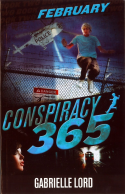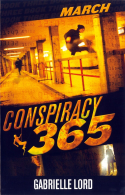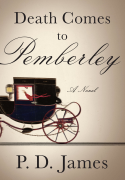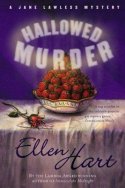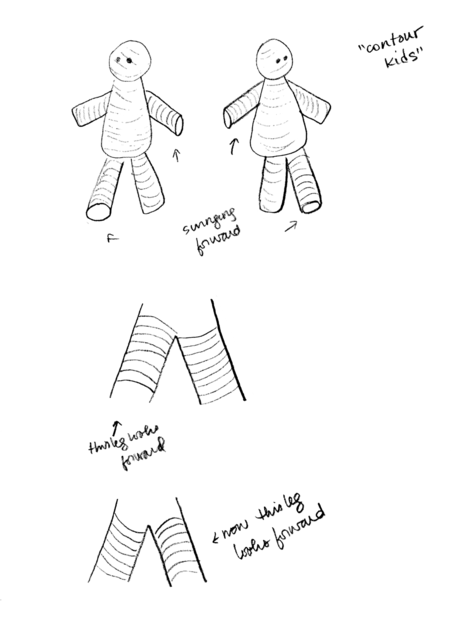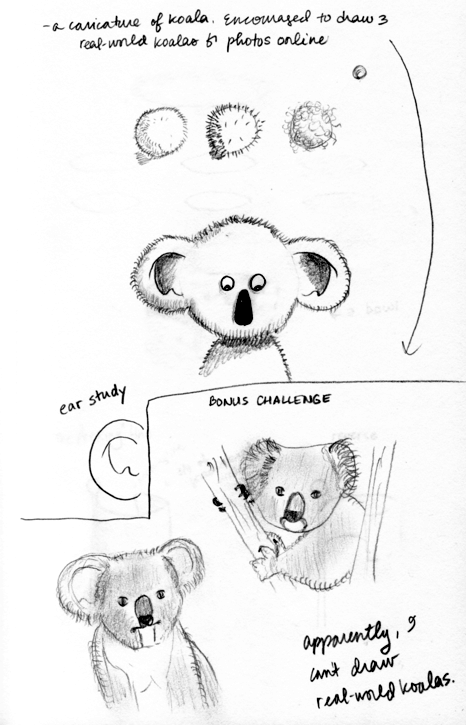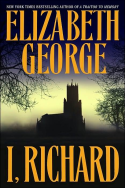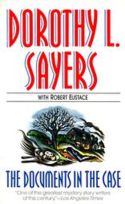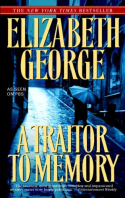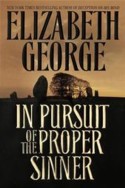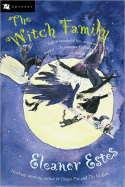 From the back cover:
From the back cover:
Rewind to junior year in Rosewood, Pennsylvania, to a winter break no one has ever heard about.
Fat snowflakes fall onto manicured lawns, quilted stockings hang over marble fireplaces, and everyone is at peace, especially Hanna, Emily, Aria, and Spencer. Now that Alison’s murderer is in jail and A is dead, they can finally relax. Little do they know there’s a new A in town…
What happens on holiday break stays on holiday break—right? But guess what. I saw. And now I’m telling.
-A
Review:
This will probably be the last full-length review I write of a Pretty Little Liars novel. Mostly that’s because I’ve run out of ways to say “it isn’t very good, but I still enjoy it,” but also… egads, this one was pretty bad.
Although published earlier this year, Pretty Little Secrets is actually set between books four and five of the series, so I opted to go ahead and read it now. The premise is that this is the winter break between those books and the new A in town is observing the four girls before beginning to seriously harass them. It feels a lot like a media tie-in novel, to be honest, shoehorned in between more pivotal events with decidedly lame plots that are designed not to contradict anything that comes afterwards. (Although, I’ve actually heard there are some discrepancies.)
In “Hanna’s Little Secret,” Hanna is despondent when her boyfriend, Lucas, goes on vacation with a hot chick, so she binge eats a while, then joins a fitness boot camp, where she competes with another girl to win the affections of their instructor. In “Emily’s Little Secret,” Mrs. Fields is upset over the theft of her precious ceramic baby Jesus (yes, really) from a church nativity scene, and enlists Emily to infiltrate the clique of girls presumed to be responsible. In “Aria’s Little Secret,” Aria’s old Icelandic flame shows up randomly and they decide to get married (yes, really). And in “Spencer’s Little Secret,” Spencer and her sister compete for the affections of a tennis player while their parents are having some angst related to the DiLaurentis family. There are small things connecting the stories, mainly the references to a vile-tasting vitamin water called AminoSpa.
I thought the Hanna and Spencer stories were structurally pretty similar, as both involved bitchy sisters/step-sisters as well as the protagonist getting duped by another girl who was actually after the same guy who turned out to be a player who used the same lines on them both. Though it’s really just as dumb as the others, the Emily story is probably the best because it contains a few snickerworthy lines.
All in all, please feel free to skip this collection. You’re not missing much of anything.



